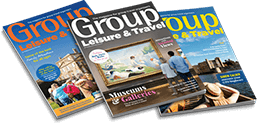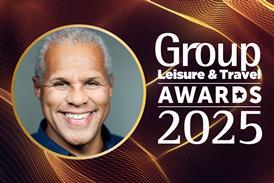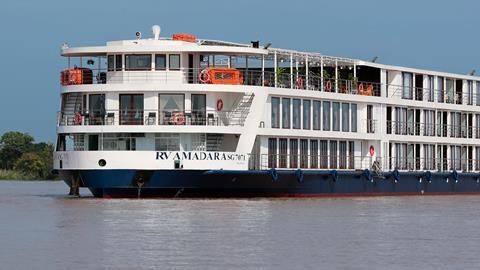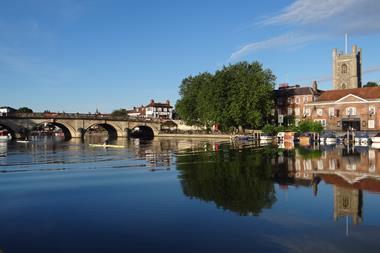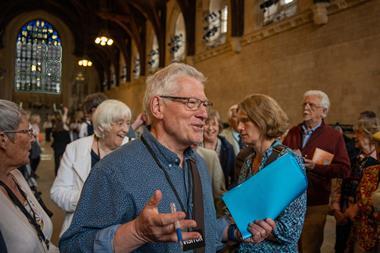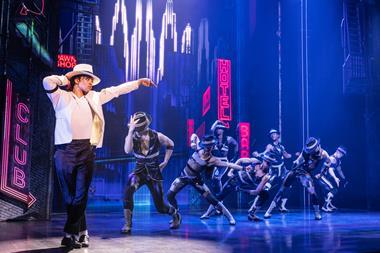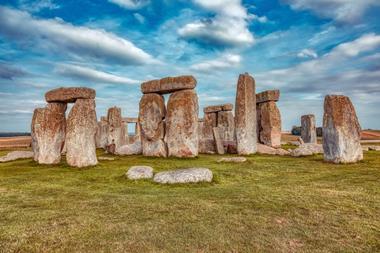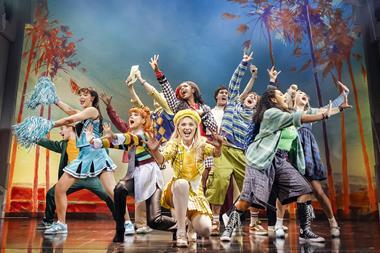Literally translated as the ‘Mother of Rivers’ the Mekong is an exotic destination where groups can explore two contrasting countries in comfort, writes Jeannine Williamson.
It’s 6am and my toes are extending towards the sky on the waterfront of the Cambodian capital Phnom Penh. The air is already warm, traders have set up street food stalls, youngsters play football and the omnipresent motorcycles and tuk-tuks buzz past the golden Wat Ounalom temple in the background.
In Southeast Asia life spills out onto the streets at any time of the day and night and - as we were discovering at the free dawn yoga class - everyone is welcome to become part of it. “You need to look like the letter L,” explains our instructor Marady as he attempts to get us to resemble the group of super-bendy local ladies who giggle good-naturedly as we try, and mostly fail, to follow suit.
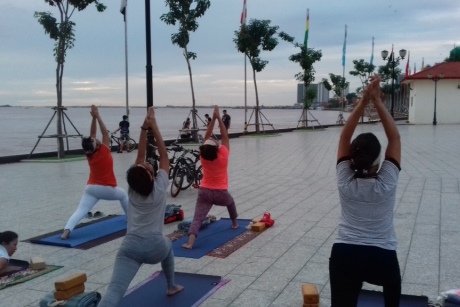
Pictured: Morning yoga on the waterfront
This cameo typified the welcome we received wherever we went on our cruise through Vietnam and Cambodia along a 416-mile stretch of the Mekong that rises in the Tibetan plateau and flows 2,700 miles into the South China Sea. Each day brought a kaleidoscope of sights and experiences from the teeming cities of Phnom Penh and Saigon where entire families ride on one motorbike to timeless rural communities specialising in crafts such silverware. Our journey took us to grand palaces, pagodas and temples and past jade-green rice paddies and floating villages and markets that rise and fall with the water levels.
Our own waterborne home on Southeast Asia’s longest river was AmaDara. AmaWaterway’s charming 124-passenger colonial-style vessel has rich wood interiors and decks combined with modern luxuries including an outdoor pool and massage rooms where expert therapists ease away aches for a fraction of the cost you’d pay at home.

Pictured: A monk at Cambodia’s Angkor Wat
Days began - for earlybirds - with a fitness class on the sun deck and then revolved around mealtimes, daily excursions and relaxed evenings that invariably began and ended with a cocktail in the lounge. Food throughout was excellent, with a choice of imaginative Asian and Western dishes at breakfast and lunch followed by an a la carte served dinner. The Chef’s Table is an intimate alternative restaurant that’s available to passengers at no extra cost. Fares also include wine, beer and drinks with lunch and dinner and an open bar for local drinks. AmaWaterway’s group benefits include one free place for every 10 booked.
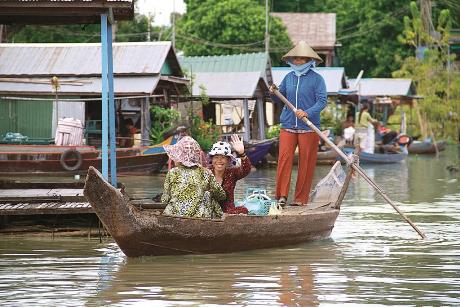
Pictured: Visiting a floating village in Cambodia
Back on shore we walked through villages, often surrounded by smiling children. Although begging is not prevalent, our guide advised us not to hand out money and instead we took pens, notebooks and other small items to local schools. One day we were memorably blessed by chanting monks at Oudong monastery. Another morning the dark days of Pol Pot’s brutal regime from 1975 to 1979 were harrowingly recounted during visits to the Killing Fields and Genocide Museum, the latter a former Phnom Penh school that became the largest centre for detention, torture and execution. It was humbling to meet Chum Mey, one of only seven survivors of the Khmer Rouge imprisonment who talks to museum visitors.
I wished I’d packed lightly and left more room to stock up on beautiful and inexpensive silk scarves, elephant-print trousers, jewellery, Vietnamese conical hats and countless other items on sale in the night markets. Instead I returned with a host of extraordinary memories of this beguiling destination.
www.amawaterways.co.uk
